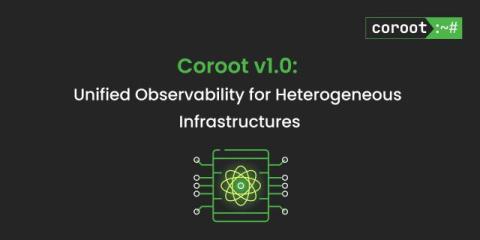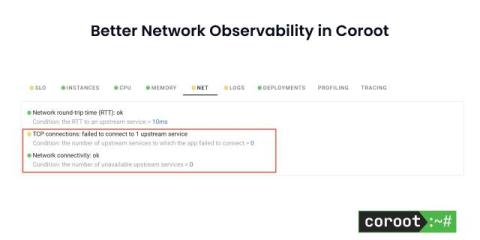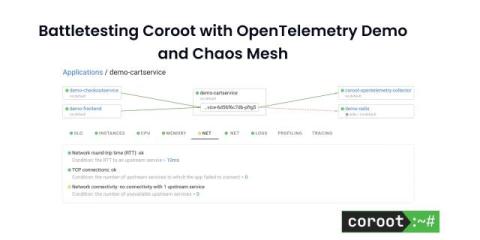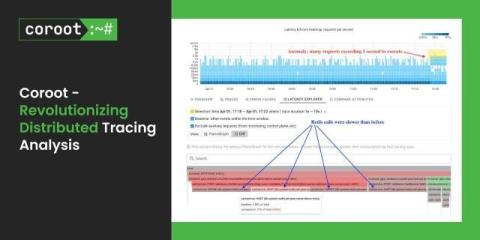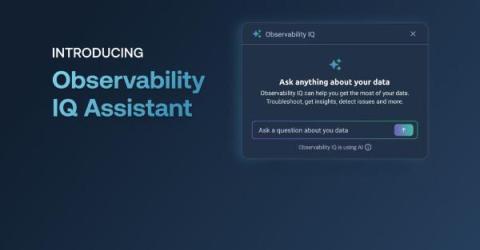The Top 7 Observability Tools in 2024
Observability tools are crucial to the success of most IT infrastructures and services. This software allows users to quickly track key metrics across all services and applications. By peering into key network metrics, these tools give users detailed real-time data about a system.





